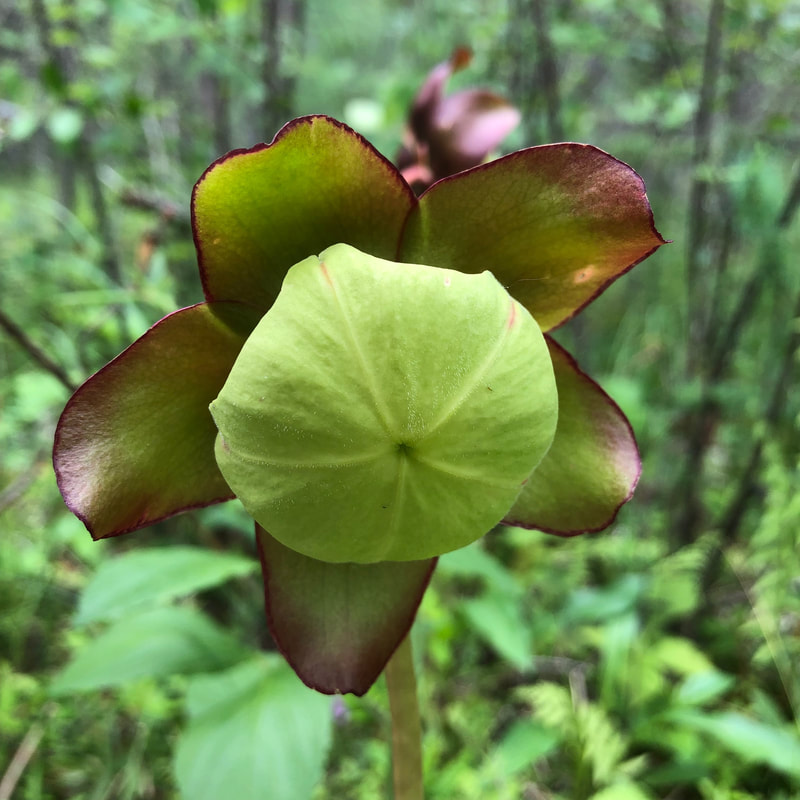ASSAY: A JOURNAL OF NONFICTION STUDIES
6.1
6.1
IntroductionWilliam Riggan argues that the use of the naïve narrator in literature helps the reader generate toward them “considerable” goodwill and sympathy (181). We sympathize because we are not, or hope not to be, as naïve as the narrator and can relate to similar moments when we were the naïf. But mostly, we sympathize because do not feel manipulated by the narrator. The very stance of the curious, down-to-earth narrator in environmental literature allows for the development of what Lawrence Buell terms “a mature environmental aesthetic” (“The Environmental Imagination” 32). The narrator is not trying to be something other than a good teller, a good renderer—so that the reader can feel and enjoy detail enter them in their own imaginative way, on their own terms, without feeling pushed. The reader is left to make up his or her mind on the environmental topic at hand.
There is no voice of “the environmentalist” with a naïve narrator. Righteousness, even expertise (or worse, feigned expertise), can invade the psychic space necessary for a reader to move into, space that should be free of judgment, space that allows readers to participate by making their own meaning, by making their own minds up based on the detail presented, the ordering of which it is presented, and the narrator’s voice. It is the narrator who, in Aristotelian terms, evokes ethos. The credibility of the writer is established by appearing to have the good of the audience at heart. Doing so implies more than a feeling that the narrator would not deceive the reader, and perhaps more to do with the humility of staying primarily in a straightforward presentational mode: “Too much telling is a risky approach,” reminds Dinty W. Moore, editor of Brevity (qtd. in Patton). Yet the narrator must also remain unafraid of displaying folly, confusion, taking time in the story to piece things together, and even leaving the story without everything figured out. This too is voice. Chris Mays’ point here is relevant. On the one hand, “When at its most effective, writing can seem completely straightforward, and the truths it renders can seem obvious” (320); on the other, “the primary source of writing’s power is not its simplicity, but its ability to disguise its own incredible complexity.” A naïve narrator need not be overly introspective. The naiveté inherent in the simple presentational mode invites the reader in as co-learner on a journey. Overly introspective narration can come off as self-absorbed rambling or pontification, destroying directness and leading to mistrust and boredom. Working with student writers, I often see them mastering quite naturally what Michael Pollan warns that seasoned writers often lose: Journalists often write as people who have mastered subjects and are telling you about them. That’s a real turn-off for readers. In my work I often begin as a naïf. It’s a good place to start because it’s a lot closer to where your reader is. Instead of starting as someone who knows the answers, you begin as someone learning about something. That’s a good way to connect with readers. Again, because there is no environmentalist per se present, there is no agenda. For these reasons, the stance of the naïve narrator is particularly appealing to readers, especially to new writers at the same experience level reading their peers’ published work. The voice of the naïve narrator establishes the journey with the reader and the writer being on the same page at the start, leaving space to learn together as the journey progresses.
|
Related Works
|
Megan Culhane Galbraith
Animals as Aperture: How Three Essayists Use Animals to Convey Meaning and Emotion 2.1 Articles |

